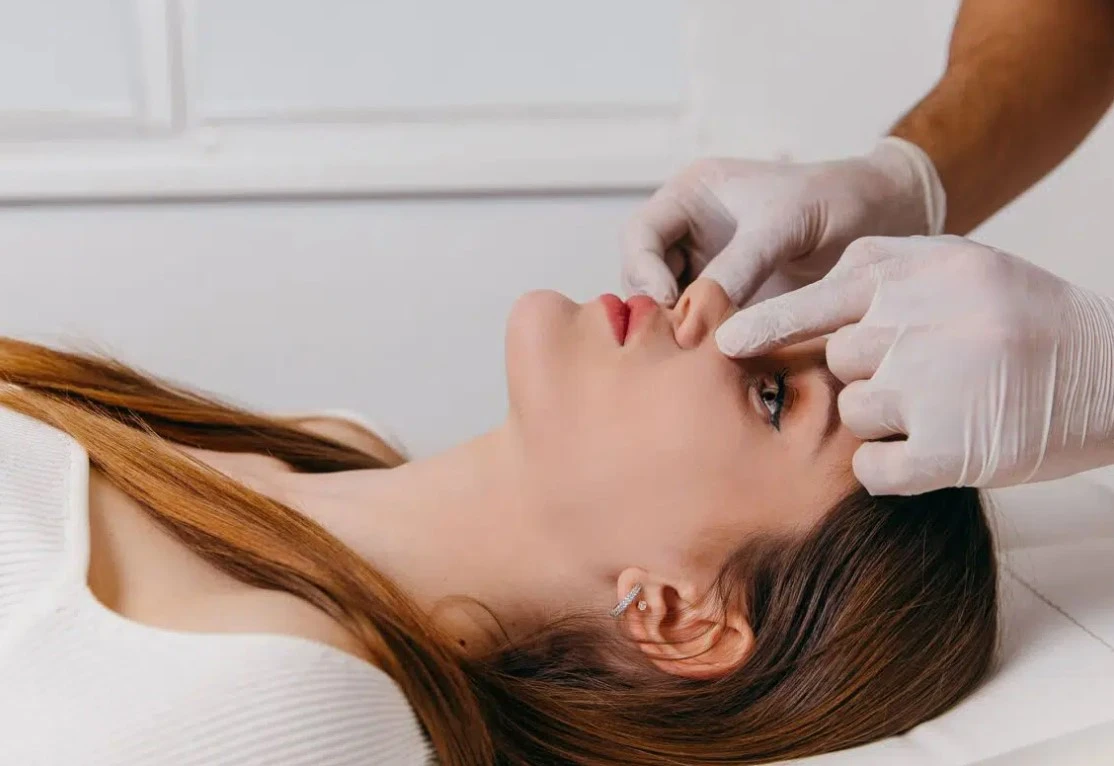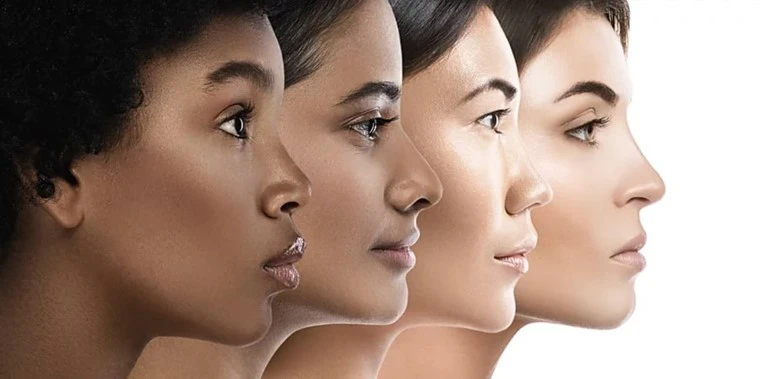Journal
What Are the Different Types of Rhinoplasty Procedures in Korea?
2024-02-02
Nose

Brief History of Rhinoplasty and How Modern Rhinoplasty Started
Rhinoplasty, commonly known as a nose job, has seen a fascinating evolution over the years, particularly in South Korea. To understand the current rhinoplasty trends, it is crucial to explore the historical roots. The earliest records of nasal surgery in Korea date to ancient times when techniques were rudimentary. The main focus of the procedure was on reconstructive and functional purposes, particularly for those who suffered war injuries or had congenital defects. Over the years, advancements in surgical techniques and changing societal perceptions have contributed to the transformation of nose jobs to not only address functional issues but to enhance aesthetic appearance.
What Are the Two Approaches to Rhinoplasty?
When talking about rhinoplasty, you often hear the terms 'open' and 'closed' rhinoplasty. Depending on which nose job you get can affect the scarring, swelling, and most importantly, how much the surgeon can access the inside of your nose (internal nasal structure). So, what are the differences between these two approaches?
Open Rhinoplasty
To begin an open rhinoplasty, the surgeon will make an incision at the columella. If you look at the image below, the columella is the area underneath the nose center. With the incision at the columella, the surgeon will carefully lift the skin and soft tissues to gain greater access and visibility to the internal areas of the nose. With open nose surgery, the surgeon can perform rhinoplasty surgery more precisely as the nose is a delicate structure.
One downside of open rhinoplasty is the scarring due to the incision made through the columella. It is important to note that while there is a scar, it is not very visible, especially in that area. The scarring will fade gradually, becoming less and less noticeable. Open nose surgery can often take longer to heal than closed rhinoplasty as there is more swelling.
Closed Rhinoplasty
Many people prefer closed rhinoplasty over open because the incisions are not visible. The surgeon will make an incision inside the nostrils so there are no visible scars. There can be some limitations because the surgeon’s access to the inside of the nose is restricted. Therefore, closed rhinoplasty is mainly suitable for non-complex cases, which is why it is important to know your own goals and have an in-person consultation with your surgeon.

There are four main types of categories when it comes to rhinoplasty.
- Reduction: making the nose smaller
- Augmentation: making the nose bigger
- Reconstructive: rebuilding the nose (case by case)
- Revision: Patients who had a nose job but were not satisfied and want revision
What Are the Different Types of Rhinoplasties?
Alar Reduction:
Alar reduction, also known as nostril reduction, is a procedure that adjusts the width of the alar(nostrils). It is recommended for people with wide nostrils. Two methods are often used depending on the patient’s case.
Case 1: Alar reduction for wide nostrils
Thin incisions are made on the base of the nostrils, and excess skin is removed. After the excess skin is removed, the surgeon will suture it up, creating an ideal nostril shape.
Case 2: Alar reduction for wide columella
When the alar is big due to a wide columella, the columella is tightened with threads by making small incisions on the base of the nostrils. The threads will instantly make the nostrils smaller.
Hump Reduction:
Hump reduction is commonly thought of when hearing the term rhinoplasty. Nose humps are very common but for some. It can create a stronger or masculine appearance. When the hump is relatively small, the surgeon can simply shave the bone, but in more extreme cases, a nose implant may be needed to maintain stability. As a result, it is imperative to consult with a specialist surgeon.
Tip-plasty:
Tip plasty is self-explanatory as it focuses on the end of your nose. The nasal tip can be narrowed, widened, raised, drooped, and repositioned. The goal of a tip plasty is to re-design the nose tip, height, angle, and profile line that suit the patient’s face and desires.
Osteotomy:
Osteotomy improves the width of the nose itself, not the nostrils. The bone width is fractured and shaved down for those with wide noses. Osteotomy is often performed together with rhinoplasty, hump reduction, or tip plasty. Even those with well-defined noses from the side, often get osteotomy to improve their front profile. Wide noses, slanted noses, and crooked noses can all benefit from osteotomy.
Septoplasty:
Septoplasty is a rhinoplasty procedure that focuses on the functional improvements of the nose. The septum, which is about 7 centimeters long, is made of bone and cartilage. The nasal septum separates the nasal cavity into two halves and allows air into the front of the nose, to the back, and into the lungs. When the septum is deviated or crooked, it can block one or both nostrils, interfering with the airflow and making it hard to breathe. It can also cause the nose to look asymmetric. During septoplasty, the surgeon will reshape and remove parts of the bone and cartilage. It is a minor surgery that will help your breathing and make your nose more symmetrical. There are also other functional improvement rhinoplasty procedures such as submucosal resection, concha bullosa resection, etc. The right surgery for you should be determined during an in-person consultation with your surgeon.
Ethnic Rhinoplasty:
The term 'ethnic rhinoplasty' is often used for non-Caucasian people who wish to enhance their noses while preserving the characteristics of their ethnicity. It is essential to understand the racial differences and how culture and beauty standards play a role in ethnic rhinoplasty.
Asian – Many Asian rhinoplasty focus on the bridge and tip of the nose. Having a high bridge and a pointed tip is considered a beauty standard, so surgeons will use silicone implants to raise the bridge and use cartilage to create the tip.
African – In many African countries/people, the nose is an essential reflection of their cultural heritage. So, while preserving their characteristics, many popular procedures include reducing the width of the alar, bridge, and tip of their nose.
Middle Eastern: Middle Eastern rhinoplasty is focused on natural-looking results. The most common procedure is the hump reduction procedure.
Hispanic: Similar to Middle Eastern rhinoplasty, the most common surgery in Hispanic people is hump reduction. However, it is commonly known that people of Hispanic descent can be born with a variety of different facial features with many forms of beauty standards. So, there is a wide range of procedures in Hispanic rhinoplasty.
Caucasian: For many white people, the nose bridge is high, sometimes too high for their liking. Common procedures include lowering the bridge height and making the overall noses smaller.

With that, you have read all about the different approaches, categories, and types of rhinoplasties. We hope you have a better understanding of rhinoplasty and are well-informed about your options. If you are considering rhinoplasty in South Korea, contact a medical tourism agency such as Docfinderkorea to assist you on your plastic surgery journey. If you would like our expertise advice or consultation, click here!
Back


